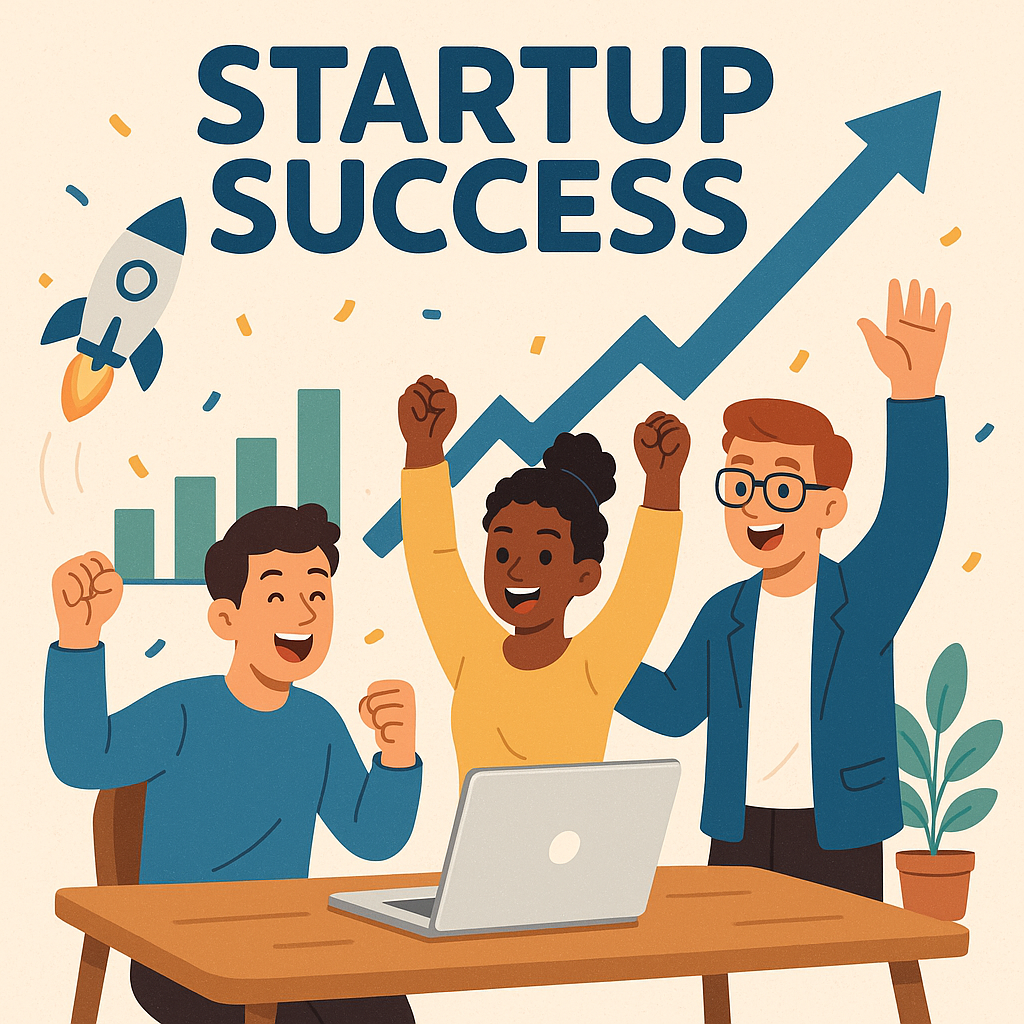In the journey of introducing a new technology or innovation to the market, one of the most significant challenges is navigating the “chasm”—a term coined by Geoffrey A. Moore in his seminal book, “Crossing the Chasm: Marketing and Selling High-Tech Products to Mainstream Customers.” The chasm represents the critical gap that separates the Early Adopters from the Early Majority in the technology adoption lifecycle. Successfully crossing this chasm is essential for achieving widespread market acceptance and long-term success. This article explores the concept of the chasm, its significance, and strategies for overcoming this pivotal hurdle.
Understanding the Technology Adoption Lifecycle
The technology adoption lifecycle divides the market into five distinct segments based on how quickly they embrace new technologies:
Innovators:
- Description: These are the first individuals to adopt new technologies. They are often tech enthusiasts who are willing to take risks on unproven innovations.
- Characteristics: Curious, adventurous, and eager to experiment with the latest advancements.
Early Adopters:
- Description: Visionaries who recognize the potential of new technologies and adopt them early. They play a crucial role in influencing broader market adoption.
- Characteristics: Influential, respected in their fields, and generally more accepting of risk.
Early Majority:
- Description: Pragmatic users who wait for technologies to prove their value before adopting them. They are more risk-averse and seek practical benefits.
- Characteristics: Practical, cautious, and interested in technologies that have demonstrated reliability and value.
Late Majority:
- Description: Skeptical users who adopt technologies only after they have become mainstream. They are typically conservative and price-sensitive.
- Characteristics: Risk-averse, cost-conscious, and influenced by widespread use and proven effectiveness.
Laggards:
- Description: The last group to adopt new technologies, often only when it becomes necessary or when the technology is outdated.
- Characteristics: Resistant to change, traditional, and highly skeptical of new innovations.
The Chasm: A Critical Transition Point
The chasm lies between the Early Adopters and the Early Majority. This gap represents a significant challenge for companies because:
- Different Mindsets: Early Adopters are open to trying new technologies despite risks, while the Early Majority requires evidence of the technology’s reliability and practical benefits.
- Market Dynamics: Technologies that succeed with Early Adopters often struggle to gain traction with the Early Majority due to differences in expectations, buying behavior, and risk tolerance.
Why the Chasm Matters
Marketing and Sales Challenges:
- Tailoring Messaging: Marketing strategies that resonate with Early Adopters may not appeal to the Early Majority. The latter group needs clear evidence of value and reliability.
- Building Trust: The Early Majority seeks social proof, customer testimonials, and case studies to validate the technology’s effectiveness.
Product Development:
- Refinement: To cross the chasm, products often need to be refined based on feedback from Early Adopters to meet the practical needs and concerns of the Early Majority.
- Scalability: Ensuring that the product can scale effectively and meet the demands of a larger user base is crucial for overcoming the chasm.
Strategic Planning:
- Focused Strategies: Companies must develop targeted strategies to address the specific needs of the Early Majority and demonstrate the technology’s value proposition.
- Resource Allocation: Successfully crossing the chasm often requires additional resources for marketing, customer support, and product enhancements.
Strategies for Crossing the Chasm
Develop a Beachhead Strategy:
- Focus on a Niche: Identify and target a specific segment within the Early Majority that has the most urgent need for the technology. Serve this niche effectively to build momentum.
Create a Whole Product Solution:
- Address Needs: Ensure the product or service is fully developed and meets all the needs of the Early Majority. This may involve additional features, integrations, or support services.
Leverage Early Adopters:
- Social Proof: Use testimonials, case studies, and endorsements from Early Adopters to build credibility and demonstrate the technology’s value to the Early Majority.
Build a Strong Value Proposition:
- Clear Benefits: Communicate the practical benefits and return on investment (ROI) of the technology in a way that resonates with the Early Majority’s needs and concerns.
Expand Distribution Channels:
- Wider Reach: Develop and expand distribution channels to make the technology more accessible to the Early Majority.
Conclusion
The concept of the chasm highlights a critical transition point in the technology adoption lifecycle. Bridging this gap between Early Adopters and the Early Majority is essential for achieving widespread market acceptance and long-term success. By understanding the challenges associated with crossing the chasm and implementing targeted strategies, companies can effectively reach the Early Majority and drive broader adoption of their innovations. Navigating this pivotal phase successfully sets the stage for sustained growth and market leadership.















